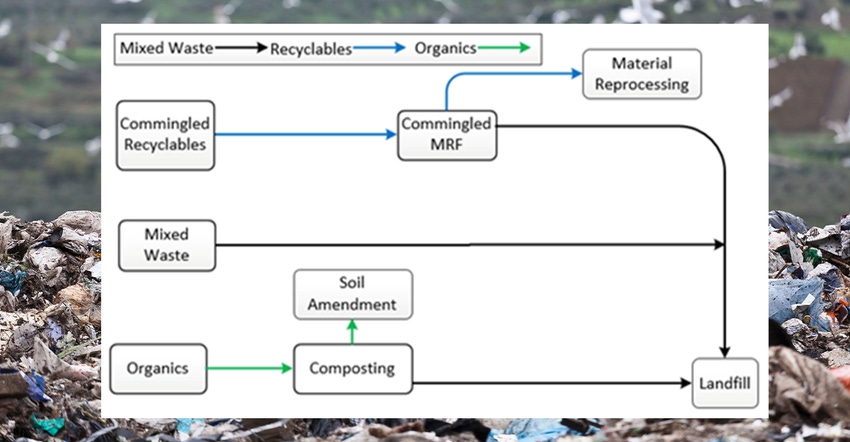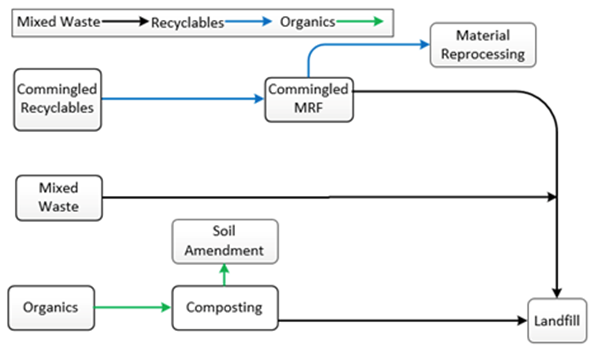Unpacking Life-Cycle Assessment Reports: Measurements, Model Mechanics, and Future Improvement
The field of environmental research has witnessed numerous advancements, and one such progression is the introduction of Life-Cycle Assessment (LCA).
July 17, 2023

The field of environmental research has witnessed numerous advancements, and one such progression is the introduction of Life-Cycle Assessment (LCA). Unlike other tools, LCA stands out due to its unique ability to assess the environmental impact of a product, process, or decision throughout its entire lifecycle. This comprehensive evaluation of environmental impacts empowers LCA to provide invaluable insights for decisionmakers. It aids them in various arenas like product design, policymaking, and strategizing for sustainability.
So, how does LCA work? Think of LCA as an accountant, but not for money, for the environment. It begins its process by defining the objective and scope, then discerns what product or process is to be studied, identifies its lifecycle stages, and pinpoints its impact categories.
A product or process typically goes through several stages in its lifecycle. It starts with the raw material acquisition, wherein all the necessary elements are gathered. The subsequent phase is manufacturing or processing, where these materials are fashioned into the product in question. Then comes the distribution and transportation stage, the phase responsible for getting the product to its intended location. The next stage encompasses the use, maintenance, and repair of the product, which details its lifecycle while in the hands of consumers. Finally, the product reaches its end at the disposal or recycling stage, where it is either discarded or reprocessed for further use.
Following these stages, LCA delves into the inventory analysis. Here, it gathers detailed data about all the inputs, such as raw materials and energy, and outputs, like emissions and waste, associated with each stage of the lifecycle. This inventory serves as a comprehensive record of everything that contributes to and results from a product or process.

After the inventory analysis, LCA shifts its focus to the impact assessment phase. This is where the collected inputs and outputs are transformed into quantifiable environmental impacts. For example, Greenhouse Gas (GHG) Emissions contribute to global warming and climate change by releasing heat-trapping gases into the atmosphere. Energy Use, spanning from the extraction of raw materials to the final disposal of the product, can escalate GHG emissions further. Toxicity involves the release of harmful substances throughout the lifecycle stages, which can adversely affect both human health and the environment. Eutrophication marks the runoff of nutrients into water bodies, sparking algal blooms and negatively impacting aquatic life. Water Use assesses the amount of fresh water utilized throughout the lifecycle stages, an aspect of particular concern in regions experiencing water scarcity.
Then, it moves into the interpretation phase, carefully analyzing and interpreting the results, spotlighting crucial issues, drawing conclusions, and charting out recommendations.
However, as meticulous as LCA might be, its precision hinges on the quality and specificity of the data used. Though LCA models can yield trustworthy estimates of environmental impacts, they involve intricate systems and factors used in the model that may have substantial uncertainty in the base data used, which can be compounded with the uncertainty of other variables during the analytical process. Additional uncertainty can occur due to geographic difference and variations in the processes used and end uses assumed for recovered materials. Despite these uncertainties, LCAs are widely regarded as a comprehensive tool for evaluating environmental impacts.
But like every great tool, LCA too comes with certain limitations. First, LCAs are data-intensive, which can make them time-consuming and costly. Second, while LCAs are adept at capturing many environmental impacts, they might fail to fully acknowledge some, such as the local effects of biodiversity loss due to land use changes or social impacts like labor conditions. Third, comparing LCAs can pose a significant challenge if different methodologies or boundaries are used, as inconsistency in these aspects can yield drastically different results, muddling the comparisons. Finally, the results of LCAs may not reflect the spectrum of activities and, hence, the range of environmental impacts, owing to the variability in processes and systems.
Despite these limitations, LCA is a valuable and promising tool. Its comprehensive and rigorous evaluation of a product or process’s environmental footprint across its entire lifecycle provides decisionmakers with invaluable insights. By identifying potential areas for improvement and highlighting the most damaging stages of a product's life cycle, LCA serves as a powerful instrument for promoting sustainability. While it may not be perfect, the LCA remains a crucial ally in our collective pursuit of a more sustainable and environmentally conscious world.
About the Author(s)
You May Also Like


